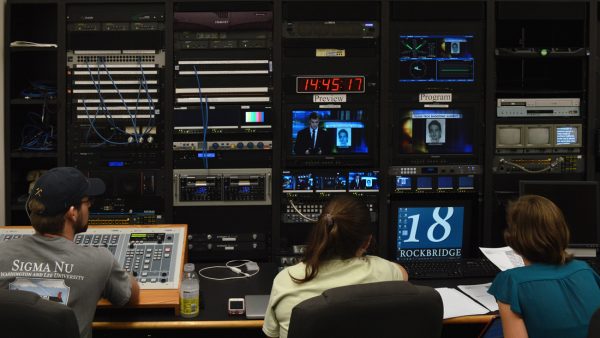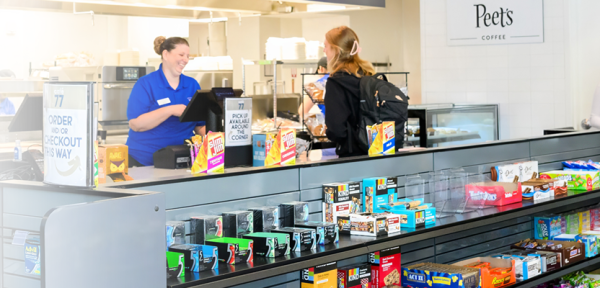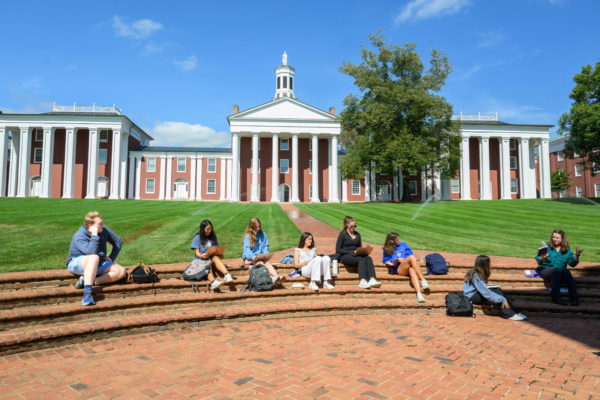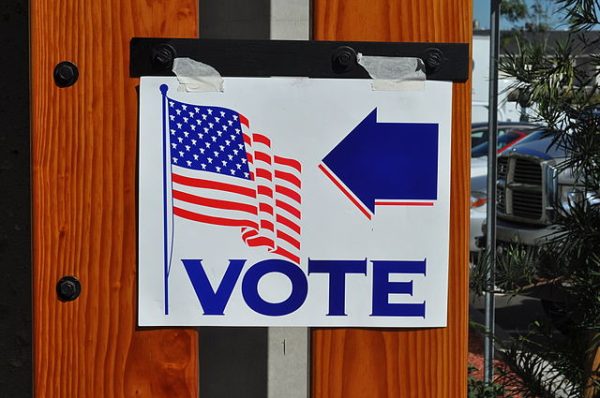The classroom is not a dining hall
Eating in class, and my issues with it
October 26, 2022
It was an 11 a.m. class. There were about 20 people in there, and the seating was lecture-style with all of the seats and tables facing the front. The class was an hour. One measly hour.
And yet, almost without fail, there was a student in that class that came in and sat down at the front row of the classroom, buffalo chicken wrap and Chex Mix in hand.
And ate their food.
They didn’t try to scarf down the food before the class began, which would have been far more respectable; no, they would leisurely take their time, beginning their midday meal a good fifteen minutes after class was already underway.
Here’s the visual:
The wrap container is opened. Immediately, the pungent smell of buffalo sauce and chicken wafts around the room and invades the nostrils of every single student.
Next, they begin their eating process. Crunch, smack, crunch, smack, on and on until the only trace of the wrap is on the individual’s fingers. And no, they don’t leave it at that. Lick, smack, lick, smack, until all remnants of buffalo sauce are removed from their fingers. Ask for a napkin? No, of course not. That would be distracting to the others in the class.
And then the Chex Mix. This was relatively the same process except when this person got to the end of the bag, not wanting to be troubled by having to dig into the corners for the last bits, they tipped their head back and poured the remainder of the bag down their throat, mostly missing and getting crumbs all over the desk and floor.
You may think I have drawn a caricature here, but I assure you I had to endure this gross and messy act all semester.
I get there is a spectrum of class-eaters, and the quiet person who comes in, sits in the back of the class and daintily eats their muffin should be thought of differently than this person, but I say to just close the door altogether.
Eating food in class is not only a distraction to yourself, but it is a distraction to everyone else around you, including the professor who is probably too nice to tell you to stop, regardless of how quietly you may think you are chewing.
I think there are rare times when eating food in class may be necessary. If you have classes all morning and then a multi-hour lab all afternoon, for example, with only a 15-minute window between them, then I think you would be warranted to eat your food at the beginning of that class because if you go starving it will probably inhibit your learning ability.
But personally, there have been many times where it would be convenient for me to grab some food and go eat it in class. Maybe I didn’t have time or I didn’t plan ahead well, and all I had for breakfast was a Clif Bar at 8 a.m., and I don’t get out of my morning classes until 1:30 p.m. Boy, yeah it would be nice to go grab a big D-hall lunch and chow it down during my 11:45 a.m. class. But I don’t do that because I think it negatively affects the classroom environment. Because I think there should be a distinction between the spheres of eating and learning.
A professor once told me that when one of his French colleagues came to visit a United States college campus, he was appalled at how students ate in the classroom. He thought it was distracting and messy, yes, but also that it was a complete disregard to the meal itself.
If you’ve ever gone outside of the U.S. then you probably understand this. A meal is not something to be consumed as quickly as possible hunched over your class desk, but something to be had in community with others, at certain times; in other words, meal is a ritual.
America, however, has successfully de-ritualized the meal. According to Safety + Health Magazine, almost 37% of American adults regularly eat fast food. The American meal ideal is that which is cheap and fast.
A recent Wall Street Journal article cites research that points to family dinners as being positive on mental health outcomes and in building children’s emotional resilience, all at a time when one 2021 study reported 44% of high school students feeling “persistently sad or hopeless.”
It is a shame and a detriment that American culture has adopted this warped concept of the meal, and I don’t foresee fast food declining soon, but dignifying the distinction between the classroom and the dining room is a good start.
Because when you walk into class with your pajamas on (as one of my peers did recently) or conflate your class time and your breakfast time, are you really going to take learning that seriously? Does it feel any different than just a casual morning at the fraternity house?
We owe it to our professors, to our peers, to the school and to ourselves to treat the learning process at this incredible institution with the respect it is due. Not eating in class is a simple but significant part of that.












